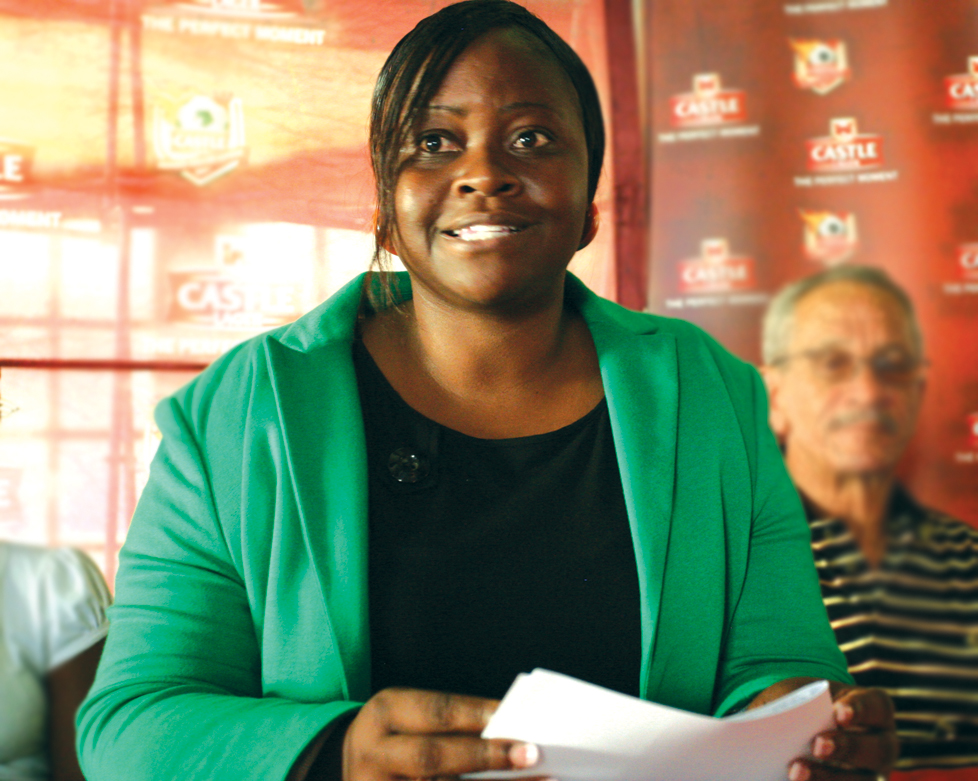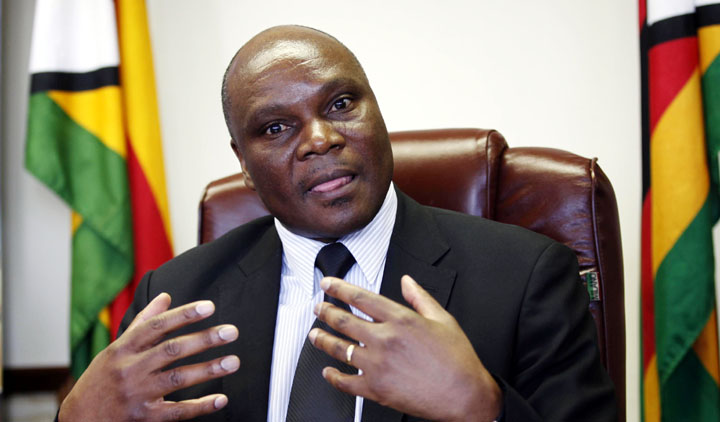
JOHANNESBURG — South Africa’s bankers and their regulators really need their holidays this year. Not since 2002 has the banking system had to deal with a bank in trouble.
The solutions for the collapse of African Bank had to be made up on the fly, with no clear precedent to draw from.
The stresses have been clear: Over the course of the four-month rescue it has become evident that Plan A, a reinvigorated, independent African Bank, is not going to work. Just what plan B is will have to be figured out next year.
The rescue effort has sucked in the six biggest banks, which have all had to agree to underwrite R10bn worth of capital for African Bank.
Much of that is being guaranteed by the Reserve Bank and the Public Investment Corporation, so the banks have far less skin in the game than it appears.
But it is enough to force them to figure out a solution for African Bank, however, contrived it may have to be. This is everyone’s problem.
The African Bank experience has taught the world some new lessons about bank rescues.
The initial idea of splitting the bank into a good bank and bad bank, separating a troubled, insolvent balance sheet from a sustainable, solvent one, sounded good.
- Chamisa under fire over US$120K donation
- Mavhunga puts DeMbare into Chibuku quarterfinals
- Pension funds bet on Cabora Bassa oilfields
- Councils defy govt fire tender directive
Keep Reading
It had just been done in Portugal to rescue Banco Espirito Santo (BES), the second-largest bank there. It was sort of done to rescue Northern Rock in the UK.
And it was the rough model that was deployed in the US during the financial crisis, in which authorities bought up swathes of toxic assets to restore solvency in banks and other lenders.
Here’s what we learned this year. For it to work, you need to excise the bad book out of the good bank.
It needs to be a neat piece of surgery that doesn’t disrupt the operations of the bank and as far as possible leaves management intact.
Of course, no regulator wants to leave a failed management team in place and the departure of chief executive officer Leon Kirkinis marked African Bank’s collapse.
You have to be realistic, though. If you don’t have the luxury of a strong, experienced and committed management team to run your good bank, there is nearly zero chance of success.
Bringing top quality management into a failed bank is just not an option. And without it, as we are seeing with African Bank, you can’t get a healthy profitable operation going again.
Our authorities may have been more circumspect had they known how BES’s rescue was going to pan out.
That, too, has been far from what was hoped at the outset. The resurrected good bank, now named Nuvo Banco, saw its first CE resign in a month.
The creation of the bank, the first attempted under Europe’s new post financial crisis plan for distressed banks, is also being dragged into court by hedge funds and other creditors who argue they are being illegally prejudiced.
Regulators there have realised the best hope is for Nuvo Banco to be sold. It has absorbed €4.6bn of European tax payer money, and may well not be sold for that amount.
So both BES and African Bank have taken the shine off the good bank/bad bank model of bank rescues. What will come in its stead?
The global thinking is to increase the loss-absorbing abilities of banks themselves.
If trouble strikes, the bank will be able to (or rather, regulators will be able to) trigger a conversion of some funding from debt to equity, “bailing in” creditors rather than delivering a bailout from the tax payer.
Of course, we have yet to see this in action. If the lenders are pension funds and other institutions, a “bail in” may trigger systemic and political problems one step down the line.
If 2014 could be done again, would regulators have dealt with African Bank the same way?
I suspect not. Bond holders were lucky to get only a 10% haircut, which doesn’t appear to have given the bank a big enough of a solvency buffer to get it through a tough trading period.
A bigger one would have been better. And instead of an effort to keep a new bank open, the focus would have shifted to a more traditional curatorship in which assets would have been liquidated as efficiently as possible.
The only winner in the current mess is Capitec, which has seen a major competitor substantially removed from the market.
When African Bank’s travails first struck, Capitec’s share price was buffeted over fears it may suffer some similar fate.
That was exactly the wrong assumption — in fact it heralded an easier time of it for the deft operator.
That has since become clear and the share price has rallied some 50% since.
Hopefully some holiday reflection will crystallise what regulators should do come next year. Capitec’s rude health may make it a central player in a plan B for African Bank. — By Stuart Theobald, BD live










